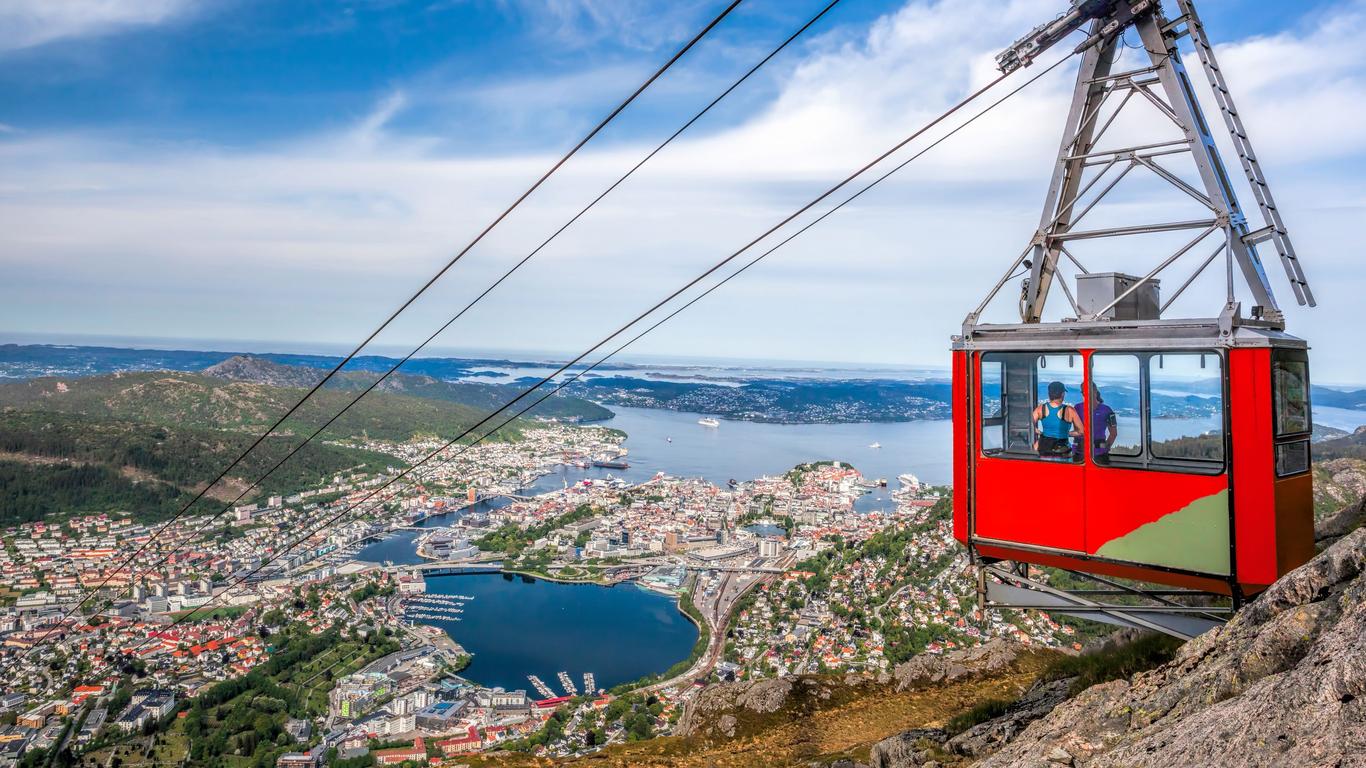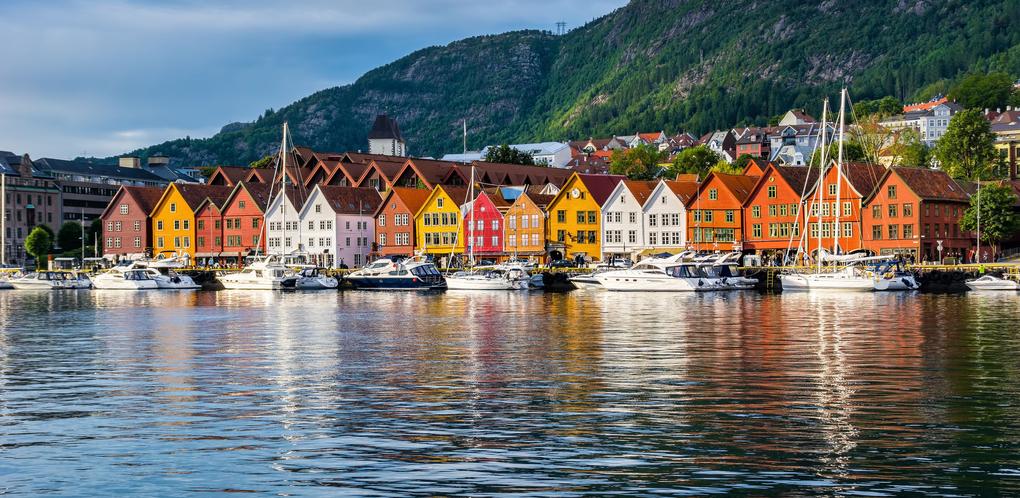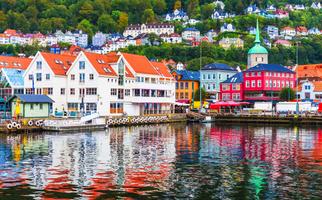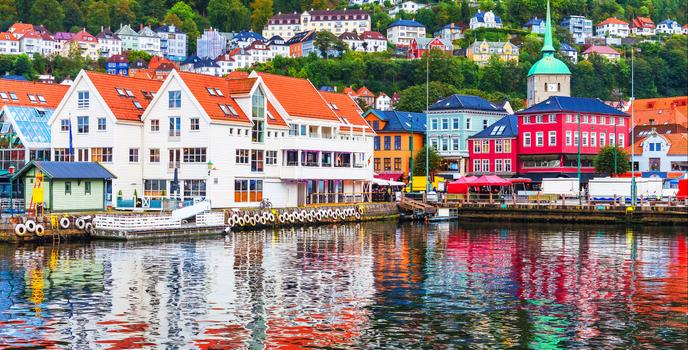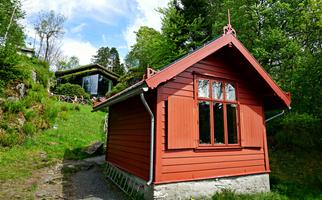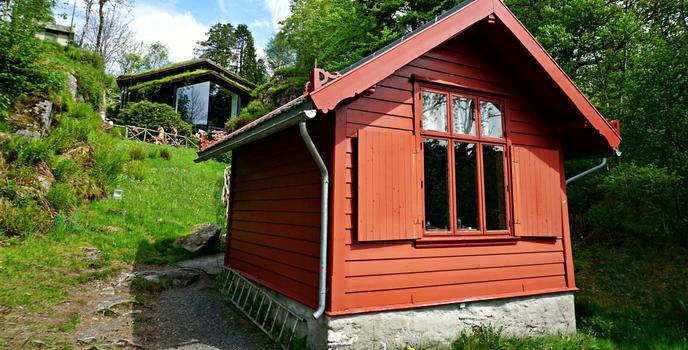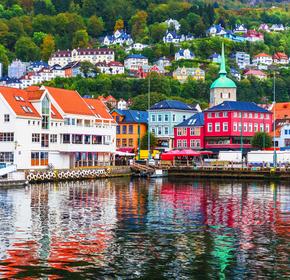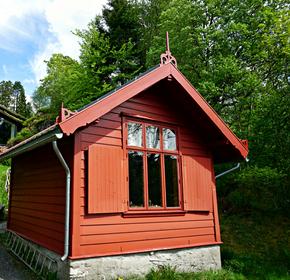1. Bryggen: Journey to the Middle Ages
Bryggen, which is also known as Tyskebryggen or the German dock, is a series of Hanseatic buildings that border the Vågen harbor in Bergen. The structures were added to the UNESCO list for World Cultural Heritage sites in 1979. Rebuilt after a fire in 1702, the area has attracted merchants since the Middle Ages. In 1360, the German Hanseatic League established its import and export hub at Bryggen, where it remained for 400 years. The area is still in active use todays and attracts many to its Fish Market or Bergenhus Fortress, as well as its numerous cafés, restaurants and shops, which sell traditional arts and crafts.
2. Det Hanseatiske Museum og Schøtstuene: The Art of Farming
Det Hanseatiske Museum og Schøtstuene or The Hanseatic Museum and Schøtstuene is located in Finnegården, a preserved Bryggen building. The structure was rebuilt after the 1702 fire that ravaged most of the city. Originally a building owned by the merchant J.W. Olsen, the museum was founded in 1872. Revisiting the Hanseatic period, the gallery features items collected from Bryggen farms by Johan Wilhelm Wiberg from 1829 to 1898. Christian Koren Wiberg continued his father's work from 1870 to 1945. The museum has been managed by the Bergen municipality since 1916.
3. Edvard Grieg Museum Troldhaugen: Chambers of Music
The home of Edvard Grieg and his wife Nina, the Troldhaugen contains the Edvard Grieg Museum, Grieg's villa, the outbuilding where he composed music, and the couple's gravesite. Designed by Grieg's cousin, Schak Bull, the Troldhaugen is named after a nearby valley, which children called "The Valley of Trolls". Completed in 1885, the museum pays tribute to Edvard Grieg's life and music, and includes a shop and a restaurant. Grieg's Steinway grand piano is still on display in the villa and is occasionally used for private concerts. The Troldsalen, a concert hall, showcases a concert series in the summer and fall.
4. Fisketorget: A Seafood Lover's Delight
The Fisketorge or Fish Market is one of Bergen's most popular attractions. Located in the city center, between the western fjords and the seven mountains, the outdoor bazaar specializes in seafood, fruit and vegetables. Established in the 1276, the market has drawn merchants and fishermen for centuries. In the winter, the market opens from 9 a.m. to 3 p.m. The marketplace also features a restaurant, which offers a superb seafood dining experience.
5. KODE Art Museum: Scandinavian Art History
The Kunstmuseene i Bergen is one of Scandinavia's largest arts, crafts, design and music museums. The gallery houses nearly 50,000 objects, which include paintings, drawings, sculptures, installations, video displays, musical instruments, and furniture, as well as fine crafts and designs. The museum, which has a permanent collection of classic and modern masterworks as well as temporary exhibits, features the art of Edvard Munch, Nikolai Astrup and J.C. Dahl, among others. The museum also hosts 400 concerts each year.
